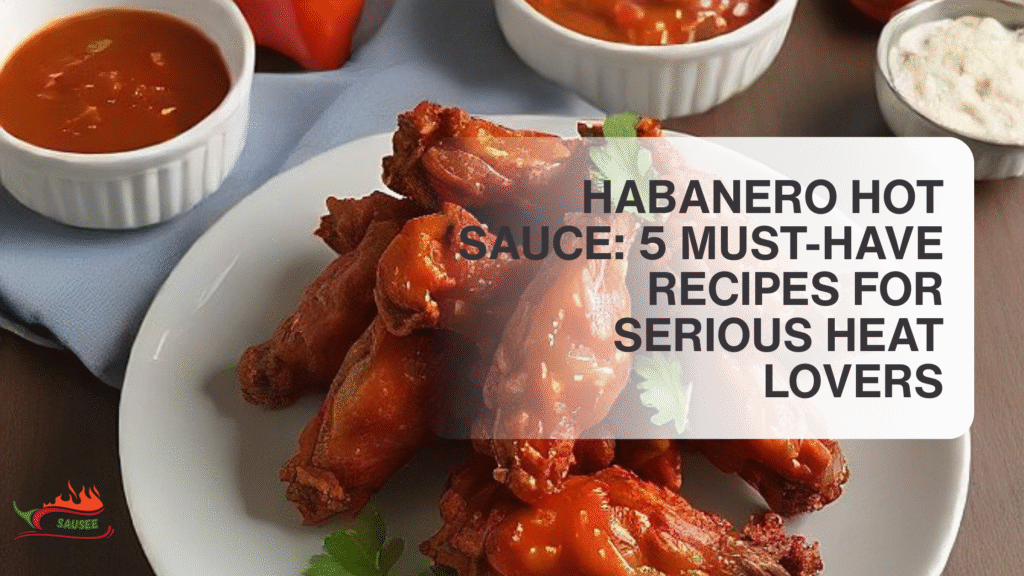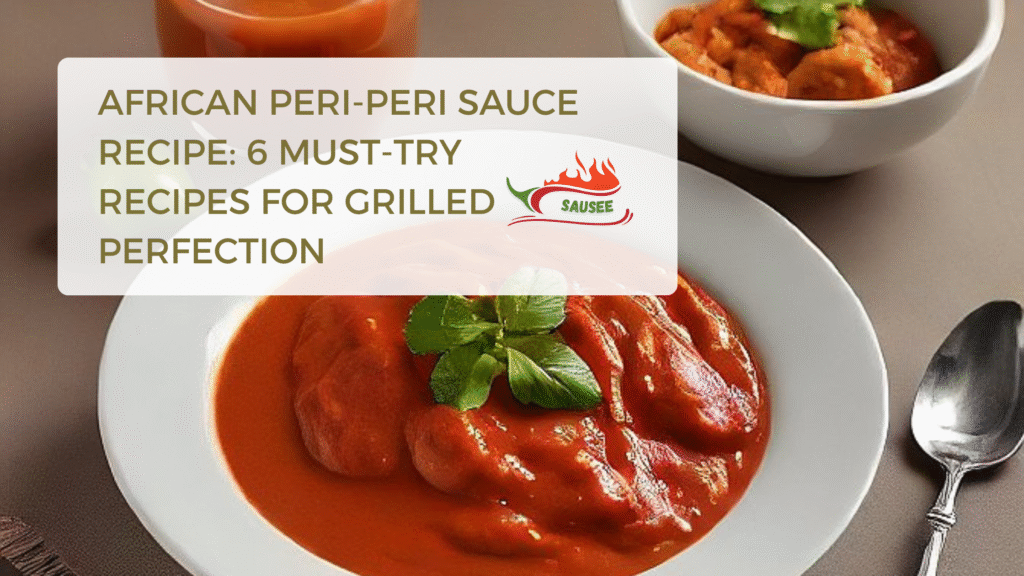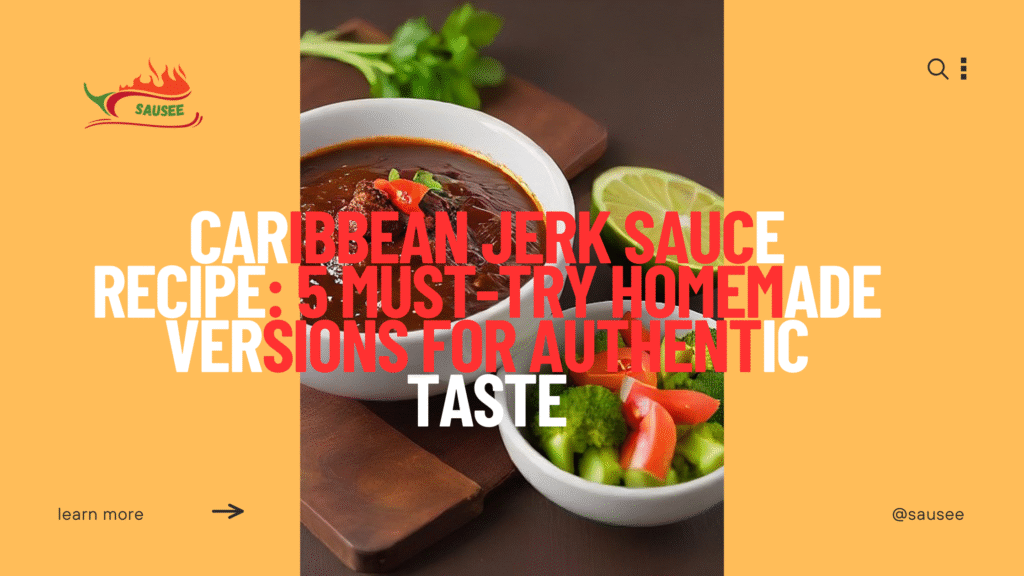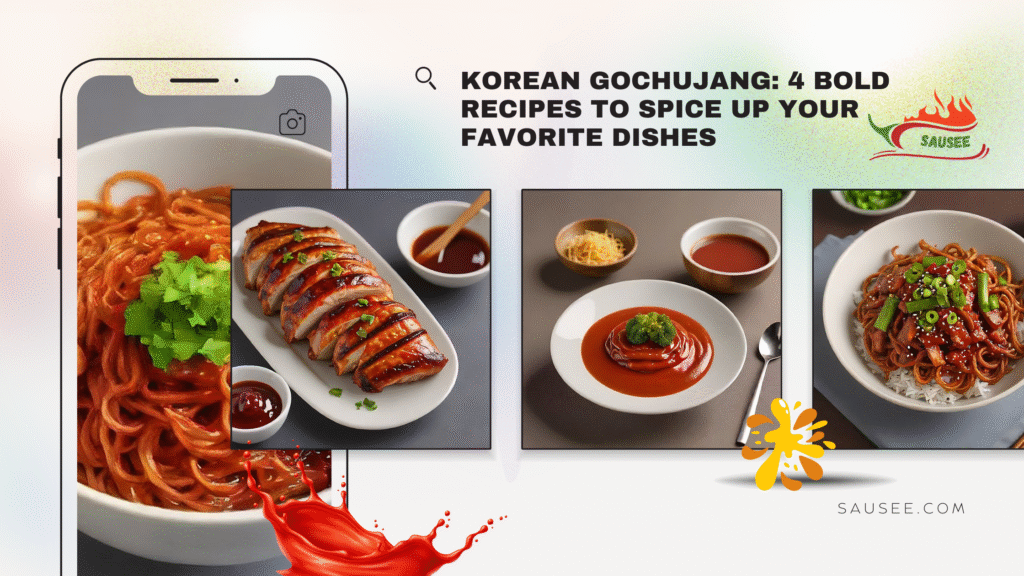Table of Contents
Introduction: Why Everyone Needs a Go-To Thai Peanut Sauce Recipe
Thai peanut sauce is, perhaps, one of the sauces that can transform your dish to be rich, creamy, and a little spicy one. Make it with grilled chicken, spring rolls, noodles, whoever you are, and whatever you like it on, this is the sauce you want to take to the table.
This is the beauty of any good recipe of Thai peanut sauce: the sweet, savory, spicy, and even tangy notes mingle in a good balance. Composed of such ingredients as peanut butter, soy sauce, garlic, and lime, as well as occasionally coconut milk or chili paste, this sauce finds its use in everything, such as stir-fries as well as in salads.
Instead, here, in this post, there are seven fantastic variations of the Thai peanut sauce recipe, ranging from the classic one to the most creative kinds of the recipe, like coconut, low-fat, and even sweet-salty honey-garlic. Whether you are vegan, a spice lover, or just like to experiment, you will find a variation where you will continue to make it for yourself every time.
1. Classic Thai Peanut Sauce Recipe for Everyday Cooking
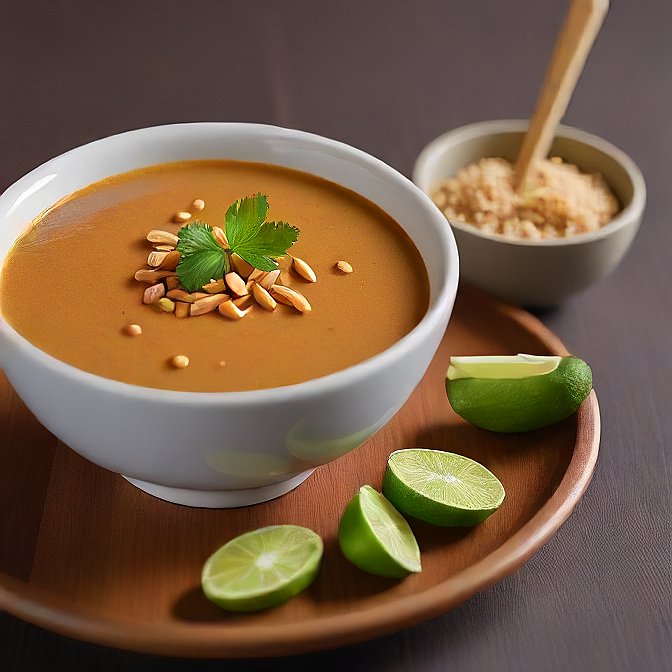
Well, to begin with, the bottom. It is the house peanut sauce Thai recipe that will go well on pretty much everything, and it includes noodles, stir-fries, marinades, and dips.
Ingredients:
- 1/2 cup creamy peanut butter
- 2 tablespoons soy sauce
- 1 tablespoon rice vinegar or lime juice
- 1 tablespoon brown sugar or honey
- 1 clove garlic, minced
- 1/4 cup warm water (adjust for consistency)
Directions:
- In a bowl, the mixture should combine all the ingredients with the help of a whisk.
- In the event that the sauce is excessively thickened, then incorporate warm water in tiny amounts.
This traditional variant is silky, creamy, and moderately flavored. It is easy, fast, and it forms the ideal foundation for the other versions to follow.
2. Spicy Thai Peanut Sauce with a Chili Kick
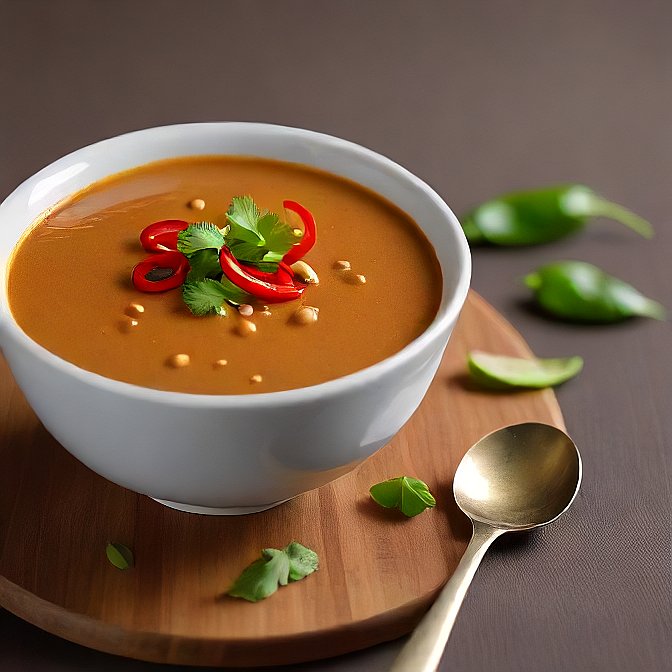
It is an excellent version of Thai peanut sauce to suit your preferences, in case you love spicy dishes. It carries the rich and nutty base of traditional peanut sauce that has been given an extra spicy twist by adding chili paste or sriracha.
What You’ll Need:
- Peanut butter
- Soy sauce
- Rice vinegar or lime juice
- Brown sugar or honey
- Garlic
- Red curry paste or sriracha
- Warm water to thin
How to Make It:
- In a bowl, mix peanut butter, soy sauce, vinegar, garlic, sugar, and chili paste.
- Add warm water gradually and make it smooth.
- Plan spice either by using more or less chili paste.
Best Uses:
- The grilled foods, such as chicken satay
- Sprinkled with noodles
- Spring rolls, dumplings dip
- Poured over rice bowls or salads
This Thai peanut sauce with a bold flavor lends itself to flavorful customization, according to your spicy preference. It is fast, delicious, and applies to most dishes.
3. Coconut Milk Thai Peanut Sauce for a Creamy Texture
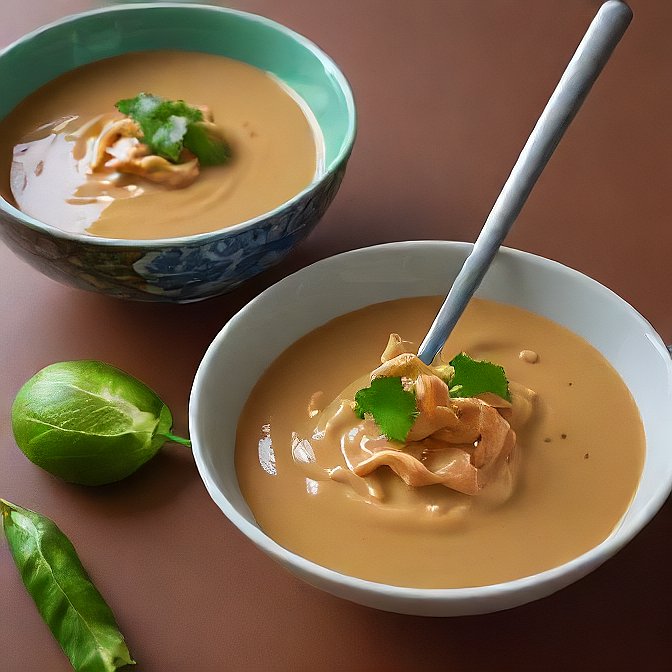
It is a Thai peanut sauce recipe that is richer and creamier due to coconut milk. It brings a slight sweetness and silky consistency and would be great poured over the bowl of rice or grilled vegetables.
Ingredients:
- 1/2 cup peanut butter
- 1/3 cup full-fat coconut milk
- 2 tablespoons soy sauce
- 1 tablespoon lime juice
- 1 tablespoon maple syrup or honey
- 1 clove garlic, minced
- Optional: a dash of red pepper flakes for mild heat
Directions:
- Put all in a saucepan and heat over a low heat.
- Stir until the mix becomes smooth and warm.
This sauce is perfect for both who are vegans and non-vegans. It tastes especially good on tofu or roasted sweet potatoes, or to make a salad dressing on warm grain bowls.
4. Tangy Lime Thai Peanut Sauce for a Zesty Twist
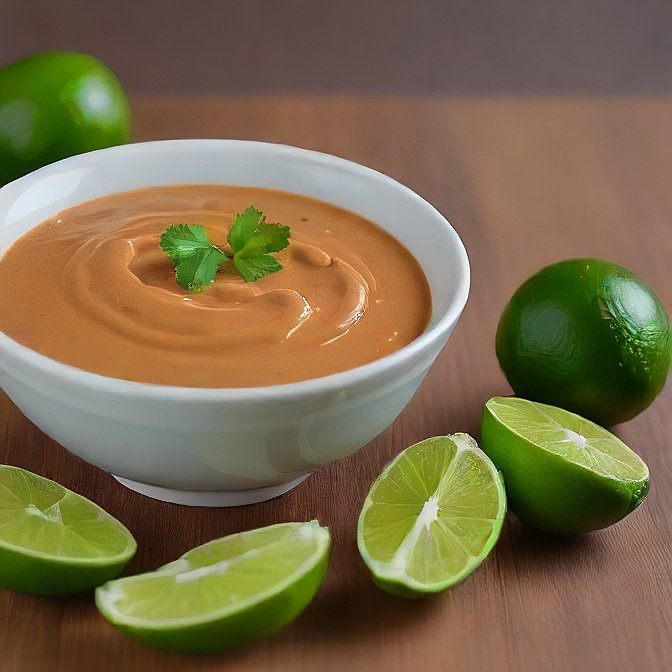
Take your dish to the next level in this zesty lime spin-off. It is lighter, tangier, which makes it suitable for fresh, summery food such as spring rolls and salads.
Ingredients:
- 1/2 cup peanut butter
- Juice and zest of 1 lime
- 1 tablespoon soy sauce
- 1 tablespoon rice vinegar
- 1 teaspoon honey or agave
- 1 small garlic clove, minced
- 2–3 tablespoons of water to thin
Directions:
- Put everything in a bowl and whisk until smooth.
- Add as much or as little water as required to get to the desired consistency.
Upon arriving at the home, it is cool, refreshing, and perfect to lure you to eat it as a dipping sauce on vegetables or a summer roll with it.
Check Out: Habanero Hot Sauce: 5 Must-Have Recipes for Serious Heat Lovers.
5. Honey-Garlic Thai Peanut Sauce for a Sweet-Savory Combo
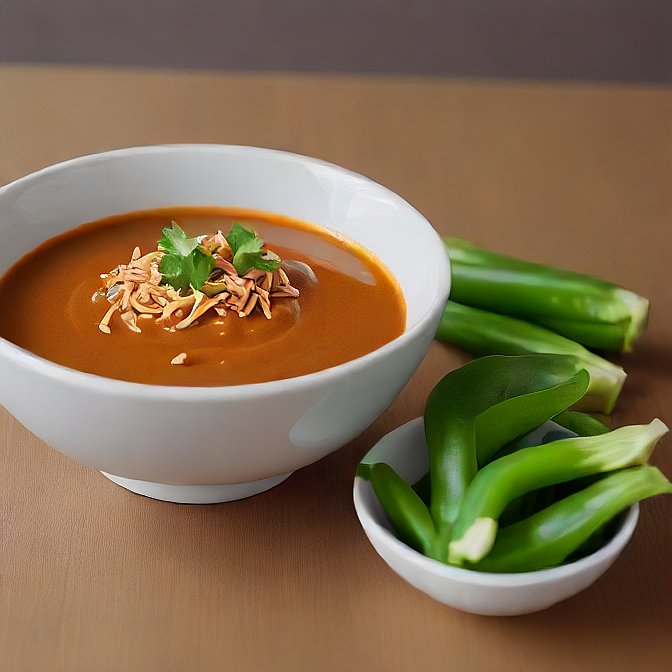
This Thai peanut dipping sauce is sweet, spicy, and a bit sour, and is mild and simmering. It is not only kids but also adults, and can be stored in stir-fried meals or grilled containers.
Ingredients:
- 1/2 cup peanut butter
- 2 tablespoons soy sauce
- 1 tablespoon honey
- 1 teaspoon rice vinegar
- 1–2 cloves garlic, finely minced
- Warm water to thin
Directions:
- Stir all into a bowl until creamy.
- To have a warm sauce, just heat it on the stove.
The soy sauce is salted out with the honey, which is paired with the garlicky addition, complexifying the dish. See it with baked tofu, meatballs, or even as a drip on the chicken tenders.
6. Low-Calorie Thai Peanut Sauce with No Compromise on Taste

Going healthier? This low-calorie peanut sauce is made with either powdered peanut butter or light peanut butter to dilute the calories and not diluting the taste. It suits meal makers or those on a diet that does not want to gain weight.
Ingredients:
- 3 tablespoons powdered peanut butter (or 2 tablespoons light PB)
- 2 tablespoons soy sauce
- 1 tablespoon rice vinegar
- 1 teaspoon honey or sugar substitute
- 1/2 teaspoon garlic powder
- Water to mix and reach the desired consistency
Directions:
- Add water to powdered peanut butter and mix as required.
- Put in the remaining ingredients and whisk briskly until smooth.
It is a great salad dressing or a dipper for raw vegetables. You will still have the nutty richness and without the added fat.
7. Thai Peanut Dipping Sauce for Spring Rolls and Appetizers
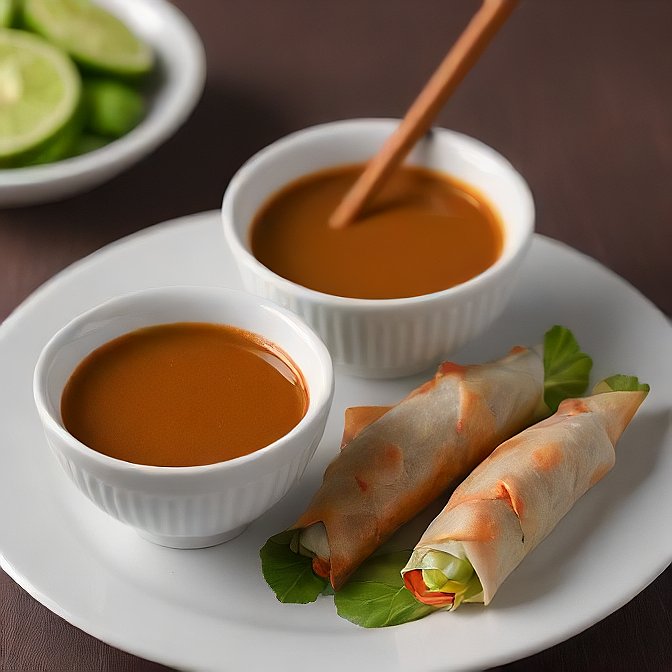
The Thai peanut sauce recipe (given below) is enhanced to be creamy and thick, which is ideal for Andy the spring roll, dumpling, grilled skewered meals, or crispy snacks. It is thick, sweet, salty, and a little tangy, as the dipping sauce back at the Thai restaurant.
Ingredients:
- 1/2 cup peanut butter
- 2 tablespoons hoisin sauce
- 1 tablespoon soy sauce
- 1 tablespoon rice vinegar
- 1 garlic clove, minced
- Optional: 1/2 teaspoon chili paste (for a little heat)
- 2–3 tablespoons warm water (to adjust thickness)
How to Make It:
- Take a bowl and add peanut butter to it along with hoisin, soy sauce, vinegar, and garlic.
- Add a pinch of warm water and stir it up till it becomes smooth and creamy.
- Add chili paste to it, as well, in case it is used.
How to Use It:
- Fresh spring, or veggie rolls
- The serving size includes a shrimp or chicken skewer (grilled)
- Tofu or dumplings. Serve with
It is tasty and simple to make Thai peanut dipping sauce. It freezes well, you can prepare it in advance, and keep it in the refrigerator for 4-5 days. When chilled, it becomes thicker but softens when stirred or slightly warmed.
Conclusion:
Whether it is classic and spicy, or creamy coconut and zesty lime, these seven sinful varieties can only tell how the peanut sauce can vary and taste so good.
These recipes can be sampled and interchanged with any meal: you can toss them with noodles, add them to a grain bowl, and serve them with spring rolls, or use them as a marinade for grilled meat and vegetables. They are also most delightful, and the ingredients are easy to put together, and you most likely have in your home.
Why not at least experiment with those versions and come up with the one you like most? When you have learned how to make your Thai peanut sauce, you will never have a problem at home with making any meal taste excellent.
For more info: Click Here.
FAQs About Thai Peanut Sauce Recipe
Q1: How does a homemade Thai peanut sauce keep?
As a rule of thumb, when fresh homemade Thai peanut sauce is bottled and sealed in an airtight bottle, it can be stored in the refrigerator up to one week. In case it becomes thick in the fridge, then add a little warm water and stir before serving. It is better to finish your coconut milk-based sauce within 4-5 days to have maximum freshness.
Q2: Can Thai peanut sauce be made without peanuts?
The reply is yes! Other substitutes that do not contain peanuts are sunflower seed butter, almond butter, and tahini. It will not taste the same, yet it will be creamy and good in its entirety. Do not forget to adjust other ingredients in order to equalize the tastes when necessary.
Q3: How is Thai peanut sauce kept and reheated?
Any remaining Thai peanut sauce may be refrigerated in a covered airtight container or glass jar. Frozen lemonade is especially handy when one has to reheat it slightly, by putting some drops of water on the burner or microwave to liquefy the texture. It should not be boiled (especially that with coconut milk) so that it will not separate.


